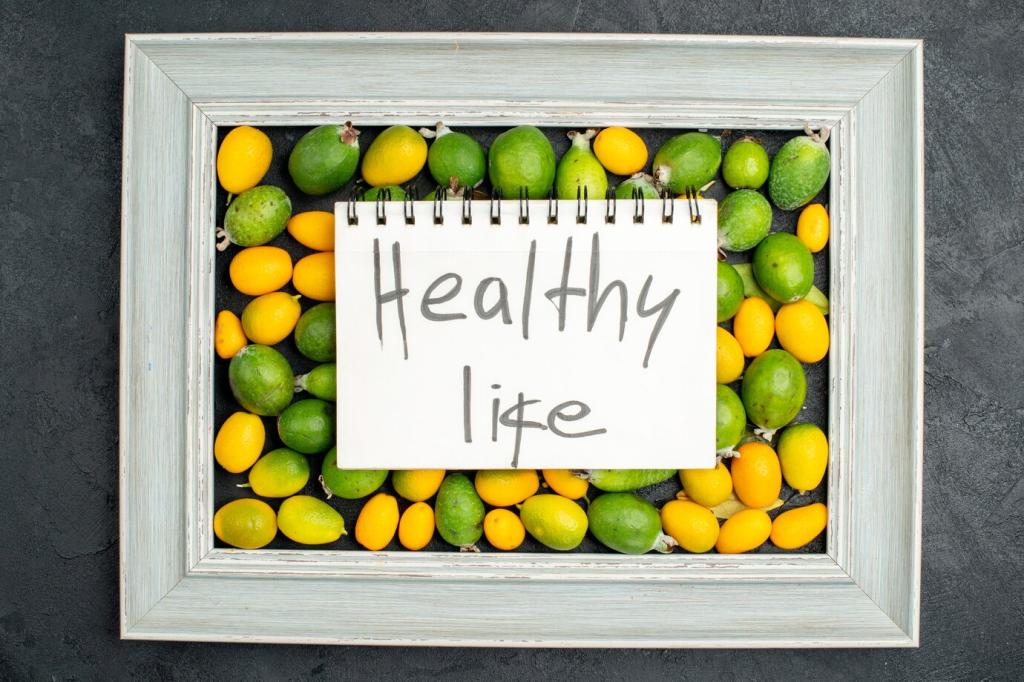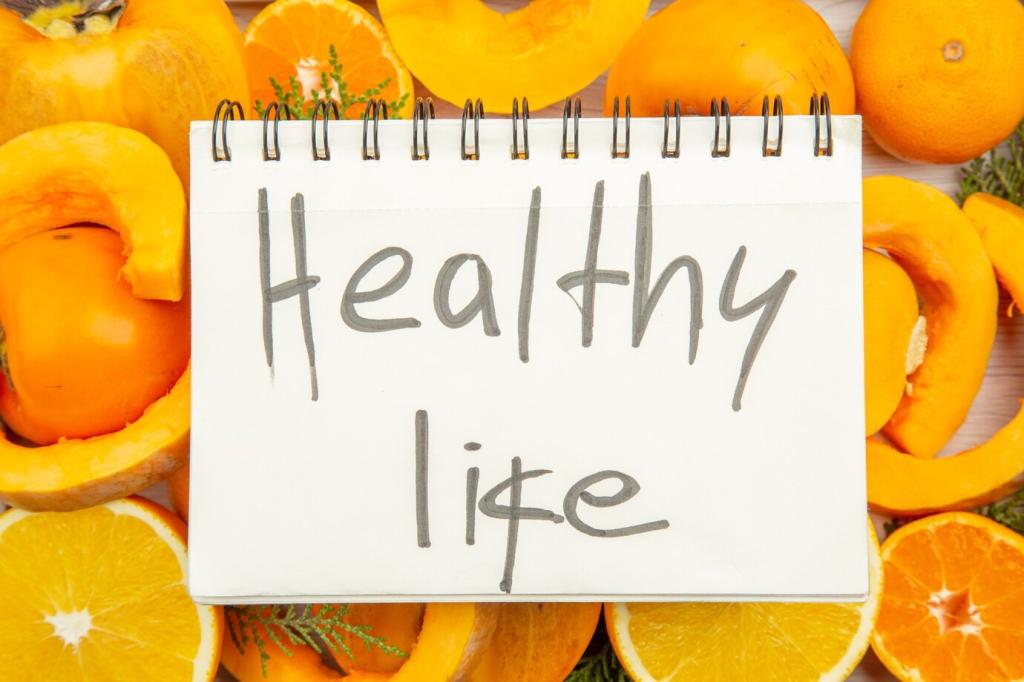Chosen theme: The Impact of Antioxidants on Workout Recovery. Discover how smart antioxidant use can calm post-training stress without dulling your hard-earned adaptations. Expect science-backed guidance, relatable stories, and practical, tasty strategies. Join the conversation, subscribe for weekly insights, and share your recovery wins with our community.
Oxidative Stress and Why Antioxidants Help After Exercise

What Happens Inside Your Muscles
Intense exercise creates micro-damage and a burst of reactive oxygen species that trigger inflammation and repair signals. This controlled stress helps build stronger mitochondria and fibers, yet too much can prolong soreness and slow recovery.

Antioxidants: The Body’s Defense Team
Your body deploys powerful endogenous defenses like superoxide dismutase, catalase, and glutathione peroxidase. Dietary antioxidants from colorful plants reinforce that system, buffering excess oxidative stress while still allowing beneficial training signals to do their work.
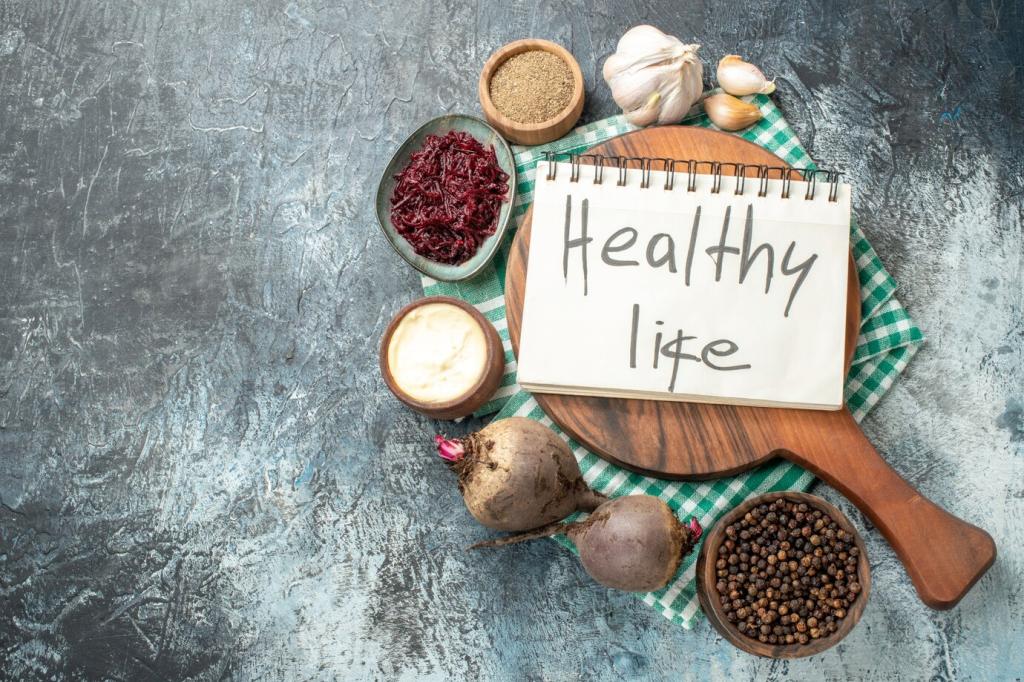
Balance, Not Elimination
Over-supplementing antioxidants can blunt signaling for endurance and mitochondrial gains. Thoughtful dosing lets you reduce unnecessary damage without flattening adaptation. Comment if you have experienced this trade-off and how you adjusted your plan.
Real Foods Rich in Antioxidants for Faster Recovery
Color On The Plate, Color In The Muscles
Berries, cherries, citrus, and grapes deliver anthocyanins, vitamin C, and resveratrol that support recovery. Tart cherry juice has been linked to reduced soreness in several athletic contexts, especially during multi-day efforts and heavy training blocks.
Spices, Teas, and Dark Chocolate
Turmeric’s curcumin, green tea catechins, and cocoa flavanols provide potent polyphenols with recovery benefits. Add a turmeric drizzle to eggs, sip green tea with snacks, and choose dark chocolate to finish dinner without sacrificing your macro targets.
Build A Recovery Plate
Think protein and color together: salmon with kale and sweet potato, yogurt with blueberries and oats, or tofu stir-fry with peppers and broccoli. Each meal blends antioxidants with amino acids and complex carbs to refuel and repair efficiently.
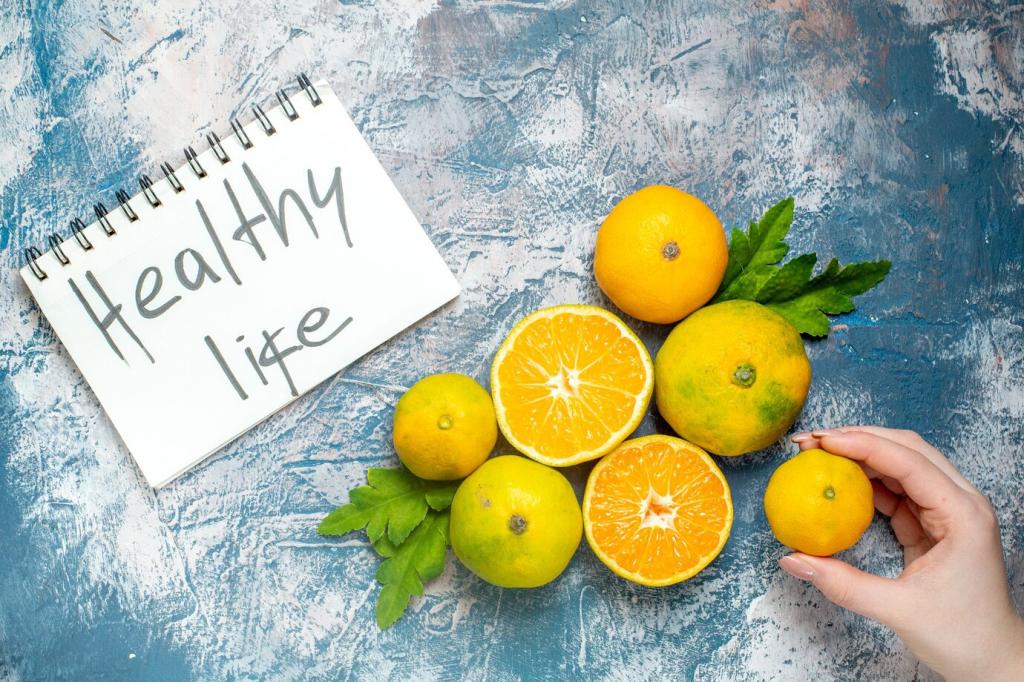

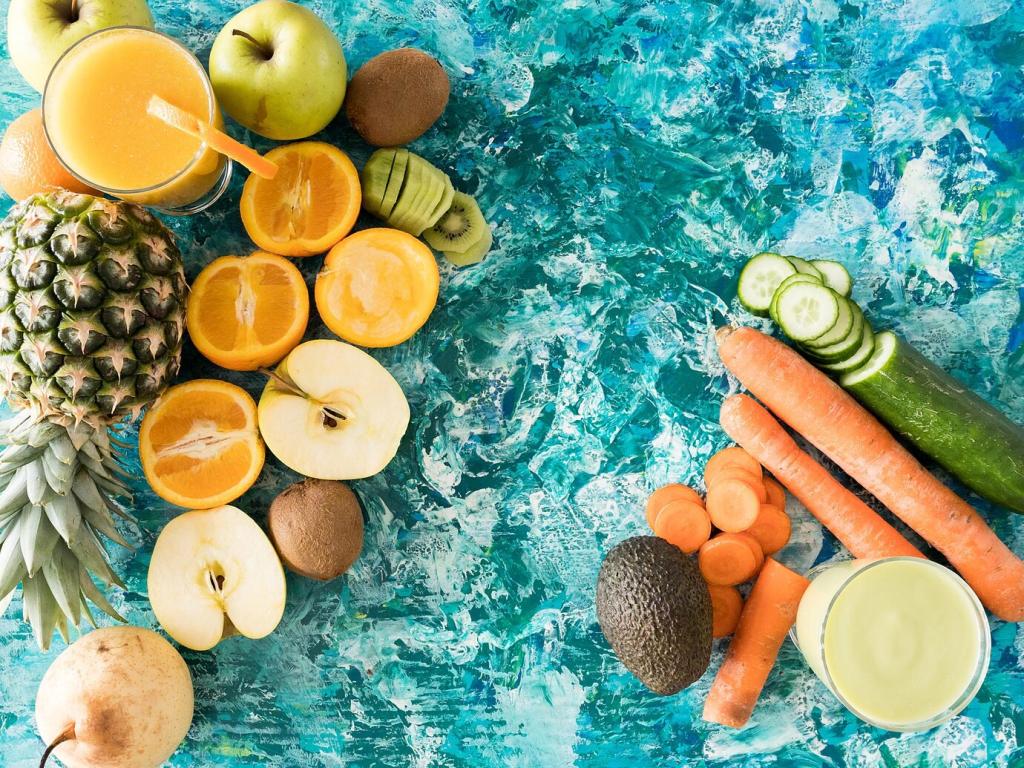


Timing Strategies Around Training
A small fruit serving before training adds energy and gentle antioxidants without overwhelming signaling. Avoid large, concentrated antioxidant doses immediately pre-workout, especially during base building, to preserve those adaptation cues you are training to create.
Timing Strategies Around Training
Within one to two hours, pair protein with antioxidant-rich plants and carbohydrates. Think a berry smoothie with Greek yogurt, or a rice bowl with vegetables and citrus. This supports glycogen restoration while calming excessive post-exercise oxidative stress.
Synergy: Antioxidants Plus Protein, Carbs, Sleep, and Habits
Carbohydrates refill glycogen and carry vitamin C-rich foods into your routine without crowding protein. Try oats with kiwi, mango rice bowls, or oranges alongside a sandwich. Hydration and electrolytes help deliver those nutrients where they are needed.
Leucine-rich protein supports muscle protein synthesis while polyphenols temper excessive inflammation. Add blueberries to a whey shake, herbs to a chicken salad, or cocoa to cottage cheese. Small changes compound into noticeable next-day freshness.
Antioxidants assist biochemical recovery, but sleep locks in adaptation. Low-intensity mobility improves circulation, while cold exposure can reduce soreness yet sometimes dampen signaling. Match tools to goals, and note how your body responds in training logs.
